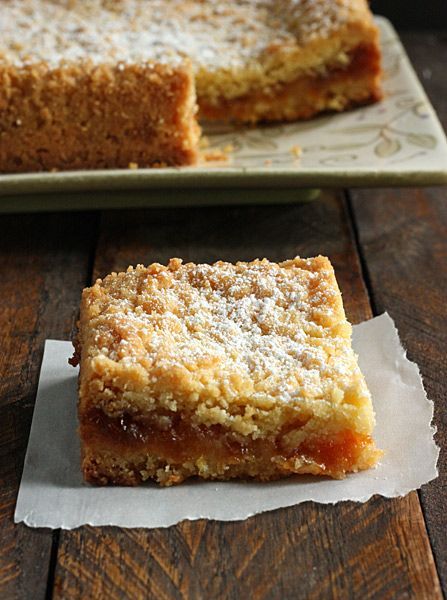
Hungarian Shortbread: A Buttery Delight with a Jammy Twist! 

There’s something magical about a recipe that stands the test of time, passed down through generations, and loved by all who taste it. Hungarian Shortbread, known as “Omlós Tészta” in Hungarian, is one such classic dessert. With its layers of buttery, crumbly dough and a sweet-tart jam filling, this treat is both nostalgic and timeless. What sets it apart is the unique technique of freezing and grating the dough, creating an airy texture that practically melts in your mouth.
In this article, we’ll explore the origins of Hungarian shortbread, provide a detailed step-by-step recipe, share helpful tips for achieving the perfect texture, and suggest delicious variations to try. Whether you’re a seasoned baker or a beginner, this guide will help you master the art of Hungarian shortbread and delight your friends and family.
A Brief History of Hungarian Shortbread 
Hungarian cuisine is renowned for its hearty stews, aromatic spices, and, of course, its decadent desserts. Among these, Hungarian shortbread holds a special place. Its origins can be traced back to the Austro-Hungarian Empire, where buttery pastries and fruit preserves were beloved staples. Influenced by Austrian and German baking traditions, Hungarian shortbread evolved to include a rich dough, often paired with locally sourced jams such as apricot, plum, or rhubarb.
The tradition of grating the dough is believed to have been developed as a way to create a light, crisp texture without the need for complex techniques. This simple but ingenious method remains a hallmark of Hungarian baking today, preserving the rustic charm and deliciousness of this treat.
The Secret to Perfect Hungarian Shortbread: Grating the Dough! 

The defining feature of Hungarian shortbread is its unique dough preparation method. Unlike typical shortbread recipes that involve pressing or rolling, this one requires you to freeze the dough until firm and then grate it using a coarse grater. This technique introduces air pockets, ensuring the baked shortbread is light, crumbly, and tender.
Grating might seem unusual at first, but it’s surprisingly easy and well worth the effort. The result is a texture that’s both crisp and melt-in-your-mouth — a true testament to the art of Eastern European baking.
Ingredients: What You’ll Need 
For the Dough:
- 2 cups unsalted butter (softened)
- 1 1/2 cups granulated sugar
- 4 egg yolks (room temperature)
- 4 cups all-purpose flour
- 1 teaspoon baking powder
- 1 teaspoon vanilla extract
- A pinch of salt
For the Filling:
- 1 cup jam or preserves (traditionally rhubarb or apricot, but raspberry and plum are also excellent)
For Finishing:
- Powdered sugar for dusting